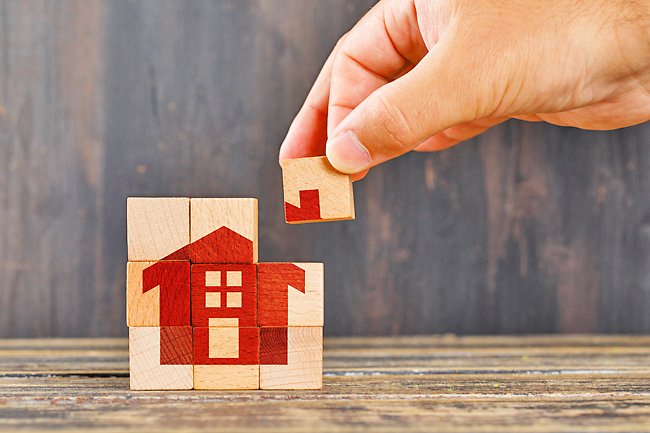James Kon
As the number of COVID-19 cases surged in early March, it felt like it was a matter of time before I or someone close to me had their BruHealth code switched from harmless green to frightening red; or worse, horrifying purple.
It is a shared fear among many Bruneians over the last two years as where we can go and who we can meet is determined by the colour code on a phone application everyone is required to have.
Red means you were a COVID-19 close contact. Purple means you are infected with the virus, and that your world is now upside down.
Fears of the highly contagious Omicron variant bore fruit on a personal level when I started coughing and developing a fever.
I remember the disbelief I felt when I watched the antigen rapid test (ART) kit slowly turn positive, the test solution crawling along the narrow channel of the testing cartridge and the two vivid black lines appearing next to the ‘T’, and ‘C’ markers.
I was vaccinated, thankfully, with two doses of the vaccine and a subsequent booster, so my symptoms were mild. But my first thoughts went to my wife, Jenny. I was worried she might also be infected, so I WhatsApp-ed her the situation.
Fortunately, her own ART test came back negative.


CODE PURPLE
The Ministry of Health (MoH) COVID-19 protocol requires individuals who tested positive to undergo a period of isolation.
A majority of people with COVID-19 during the third wave undertook home isolation, unlike the first and second wave where the infected were mostly taken to isolation centres.
In my case, after I submitted my ART result, I was confined to the master bedroom which has an en-suite bathroom.
Jenny reported herself as a close contact and slept in the guest bedroom downstairs. She would leave food and drinks outside the room, all to remain contactless.
Everyday, I would be required to record my condition through the BruHealth App, so health officials could ensure that I did not have worsening symptoms and may need more urgent care.
The first day, for me, was the worst it got. Between the fever, the runny nose and constant coughing, I couldn’t sleep very well. I also felt sore in my joints.
I started to feel better on the second day, and the fever gone on the third day. The MoH’s patient management team also sent a care package, which contained ART kits and medications.
On the fourth day, my flu was mostly gone, though I still had a persistent mild cough.
As I felt better, I started simple exercises to keep fit and made arrangements to work from home.
On the fifth day, I tested negative. A second test on the sixth day also turned out negative, results which I uploaded onto my BruHealth app.
The next day, my BruHealth code turned green. I stayed an extra day in isolation just to be sure. Then, it was over. We thoroughly cleaned the master bedroom to ensure there were no lingering traces of the virus, followed by eating out at my favourite restaurant to celebrate the recovery.
If the entire ordeal had taught me one thing, it is the need to be grateful.
I am thankful to the National COVID-19 Vaccination Programme provided by the government and its care packages sent to homes of those in isolation, including food for individuals requiring supplies.
It demonstrates a national determination for the populace to fight off the virus.
I am thankful for my close friends who sent over comfort foods and medicines as well as the support and friendship through their well-wishes. It kept my spirits high and spearheadedmy recovery.
Most importantly, I am thankful to my wife, who kept me fed and sane throughout my
quarantine experience.







